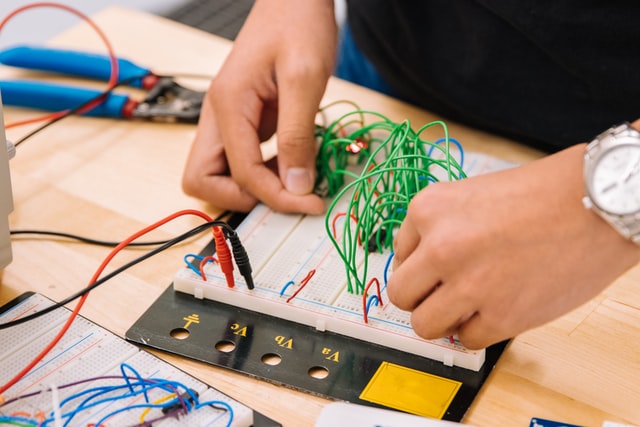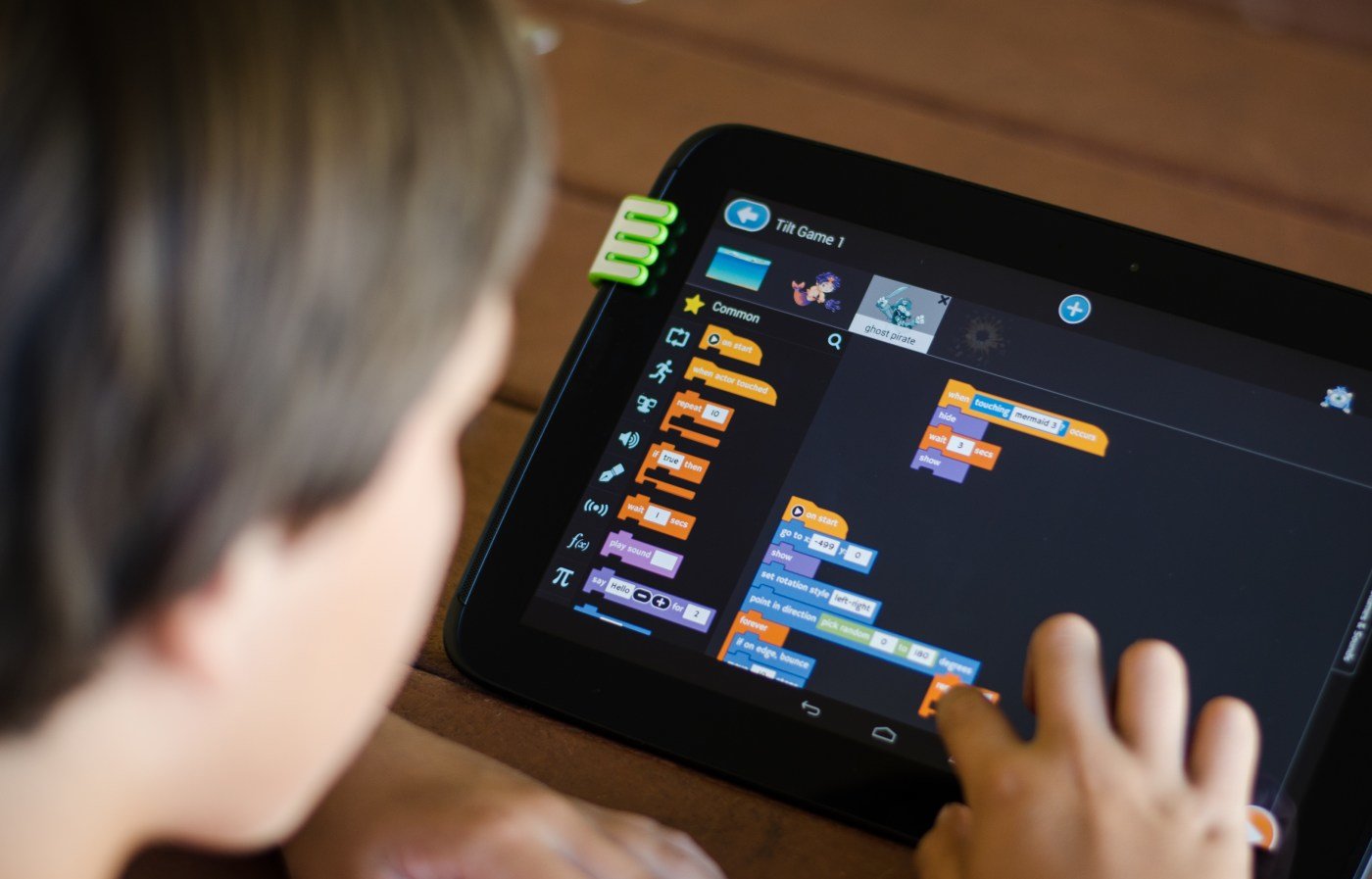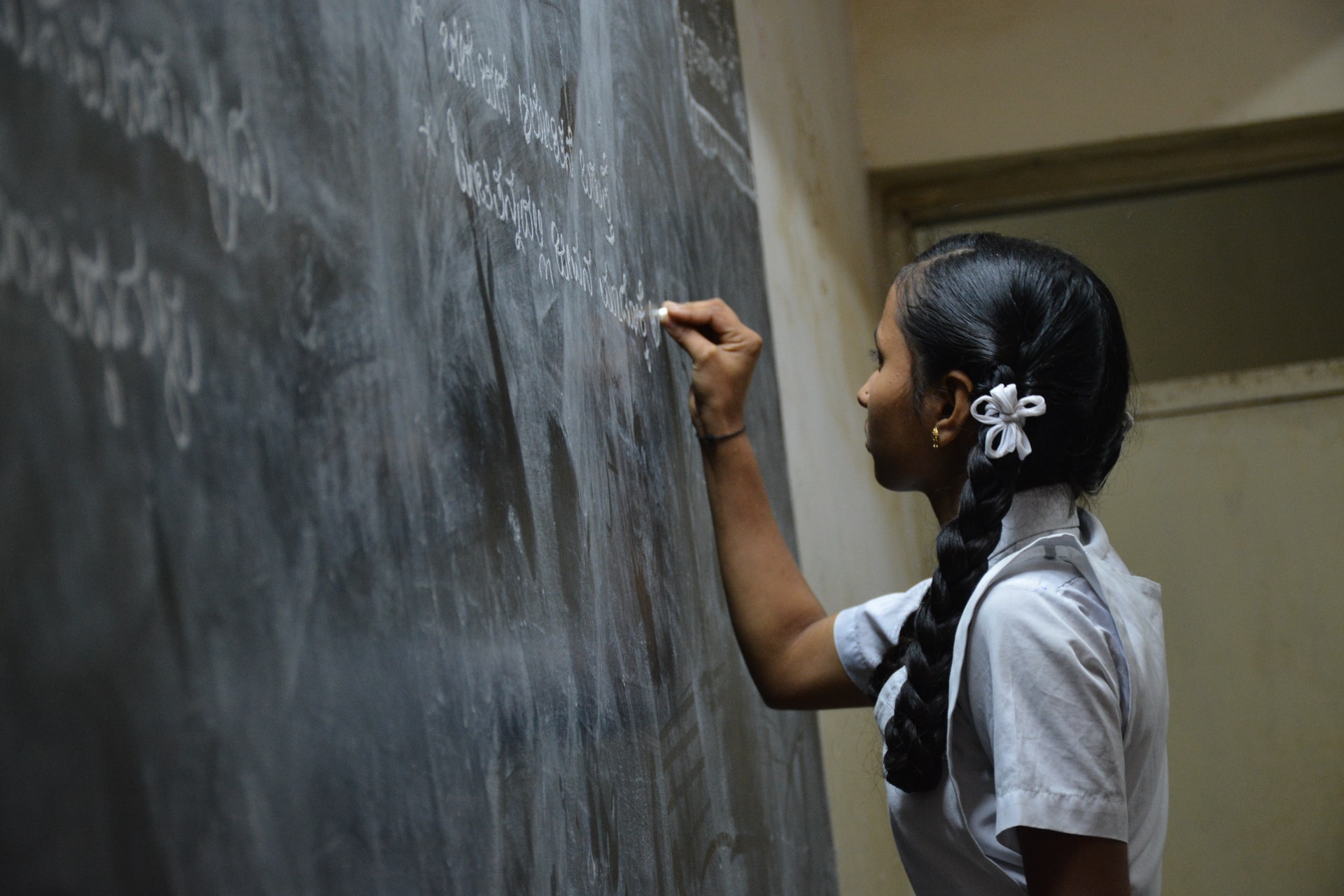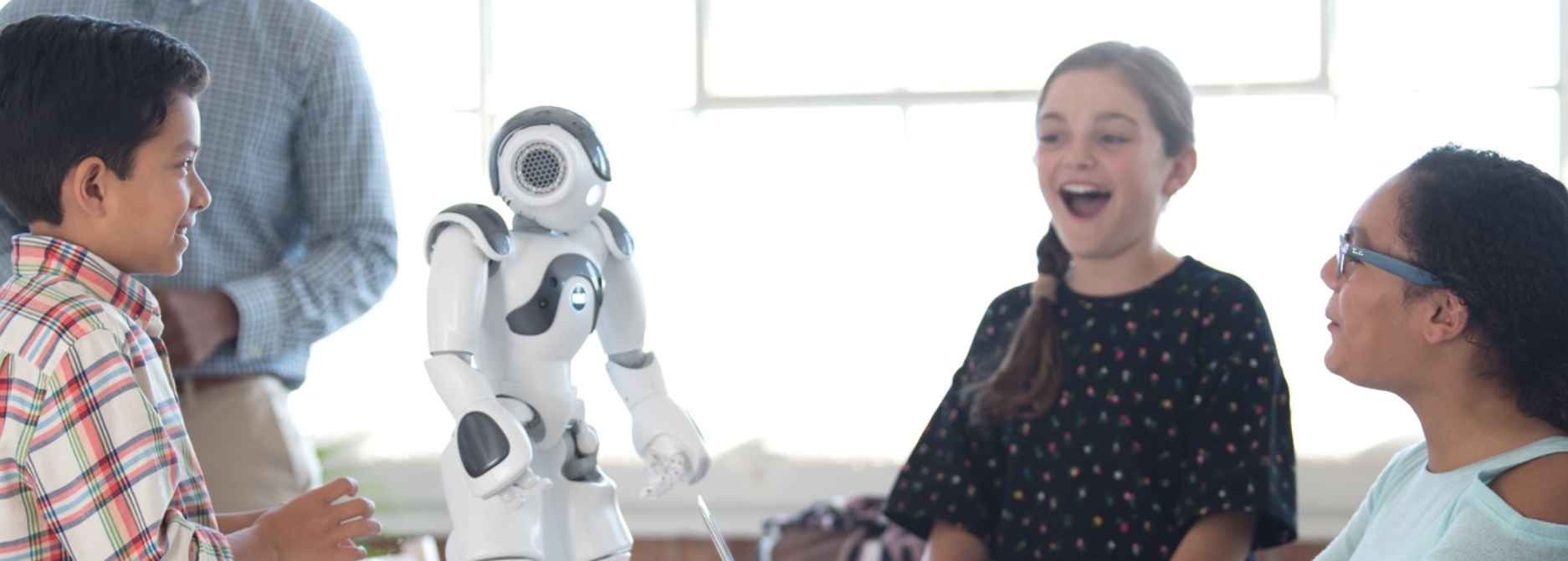RobotLAB Blog
Everything You Need To Know About Robotics in Businesses
What Are The Benefits Of Robotics In Education
 Image by Jeswin Thomas Unsplash.
Image by Jeswin Thomas Unsplash.
With the improvement in technology, many areas of our lives have changed. Robotics is essential in education as it comes with many advantages.
Students learn new skills and develop their knowledge. It helps students improve their attention, design, and teamwork skills. It brings students together to do something fun and worthwhile. Here are the main benefits of robotics in education.
- 1 Comments
- Sep 14, 2021 10:00:00 AM
- Posted by Maria Alejandra Calcetero
- Topics: Robotics, EdTech, STEM, Education, 21st Century Classroom, students, Technology, STEMchat, WomeninSTEM, Edchat, girlsinSTEM, k12, coronavirus, covid19, disinfection robots, Automation, virus-free, virus, disinfection
The Future Still Lies in Coding
 Image source: https://unsplash.com/
Image source: https://unsplash.com/
Coding is enormous in education right now.
No wonder. Coding offers so many academic benefits that schools cannot ignore its significance. Sequential processes, computational thinking, and creative problem-solving all make upcoding. It’s the new literacy in schools. There’s so much to like about coding that coding academies and boot camps are springing up everywhere.
Bootcamps can be expensive, but they are intensive. Participants learn as much as possible in three to six months, securing employment as a coder soon after that. Academies, on the other hand, tend to be more flexible. They offer coding training at all levels, and students create code in maker spaces.
Coding appeals to children of all ages. Not only are there plenty of outstanding apps with which to teach coding, but there are also schools focused intensely on learning how to code.
- 0 Comments
- Sep 13, 2021 10:00:00 AM
- Posted by Maria Alejandra Calcetero
- Topics: Robotics, EdTech, STEM, Education, 21st Century Classroom, students, Technology, STEMchat, WomeninSTEM, Edchat, girlsinSTEM, k12, coronavirus, covid19, disinfection robots, Automation, virus-free, virus, disinfection
5 Ways to Get Girls into STEM
 Photo by Nikhita S on Unsplash
Photo by Nikhita S on Unsplash
As a society, we learn about the world and advance our well-being through science and engineering. The United States may be known around the world for its higher education, but compared to many other leading and steadily emerging countries, we lack a strong focus on educating scientists and engineers. One significant reason that we have fallen behind is that we do not encourage our female students to pursue career paths in Science, Technology, Engineering, and Math (STEM).
This needs to change, as the lack of women in STEM will continue to plague our country until all students, regardless of sex, have adequate opportunities to explore math and science throughout elementary, middle, and high school. If we want to attract the best and brightest minds into the fields that will move us forward, we must look to all of the population. More women can contribute to our field, and we can help make that happen. Below are a few strategies for how we can help.
- 0 Comments
- Sep 8, 2021 10:00:00 AM
- Posted by Maria Alejandra Calcetero
- Topics: Robotics, EdTech, STEM, Education, 21st Century Classroom, students, Technology, STEMchat, WomeninSTEM, Edchat, girlsinSTEM, k12, coronavirus, covid19, disinfection robots, Automation, virus-free, virus, disinfection
Can Robotics Teach Problem Solving to Students?

Critical thinking and problem-solving skills are essential to success at university and in later life. However, the traditional classroom model has done a poor job of imparting these skills to students. The way children have learned in the classroom for generations has focused on lectures and worksheets. Past generations would depend on group sports, clubs, and teenage jobs to impart these vital skills to students.
However, new ideas suggest that robotics may hold the key to teaching problem-solving skills to students. Using robots to teach real-world skills may be a strange concept, but is it worth exploring? We think so and here’s why.
- 0 Comments
- Sep 7, 2021 10:00:00 AM
- Posted by Maria Alejandra Calcetero
- Topics: Robotics, EdTech, STEM, Education, 21st Century Classroom, Technology, STEMchat, Edchat, k12, coronavirus, covid19, disinfection robots, Automation, virus-free, virus, disinfection
How to Ensure Classroom Air Safety During COVID-19
By Steve Daniel, President, UV Health Group.
 Photo by Kelly Sikkema on Unsplash
Photo by Kelly Sikkema on Unsplash
Comparing the efficacy and value of HVAC, HEPA, and UVC systems is a good place to start when analyzing classroom air safety as in-person learning resumes.
- 0 Comments
- Sep 3, 2021 10:00:00 AM
- Posted by Maria Alejandra Calcetero
- Topics: Robotics, EdTech, STEM, Education, 21st Century Classroom, Technology, STEMchat, Edchat, k12, coronavirus, covid19, disinfection robots, Automation, virus-free, virus, disinfection
Relevant Posts
- Augmented Reality: A Tool for Teaching Students Robot Programming
- Fostering Innovation Through Youth Education in STEM and EdTech
- How Parents Can Foster STEM Learning Beyond the Classroom
- How Robotics Cultivates a Deep Understanding of Mathematics in Students
- RobotLAB Receives EDTech Chronicle 2023 ‘BESTIE’ Award for Landmark Partnership with American Samoa Dept. of Education.
Subscribe to Email Updates
-
I Want To Learn MoreADDITIONAL INFORMATION
